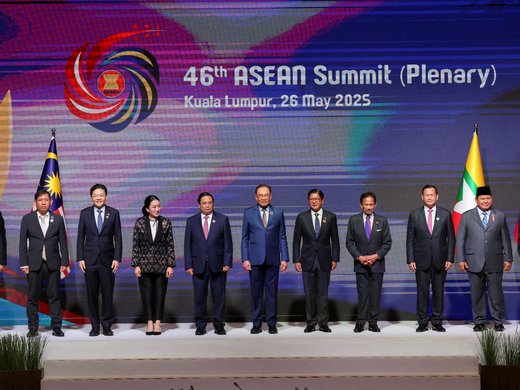This paper reviews the strategies and plans, policy-making institutions, process and problems in China’s techno-industrial development. Although it has made noticeable progress in some areas in the past two decades, China still lags behind in most core technology and advanced manufacturing fields, such as high-end chips. There have been several real breakthroughs in the semiconductor sector by private companies such as HiSilicon and rapid advancement in frontier technologies — artificial intelligence, fifth-generation wireless communication network technology, big data, blockchain and the Internet of Things — by private companies such as Huawei, Tencent, Alibaba and Baidu; however, state-sponsored technological innovation and breakthroughs have been crippled by the existing problems in China’s science and technology research system and a campaign-style catch-up strategy that rewards bureaucrats on short-term goals, as well as by weak links between academic research and industry and a swing between the market-oriented approach for technology acquisitions and indigenous innovation for technology breakthroughs. A case study of China’s semiconductor industry demonstrates both the problems and progress in China’s techno-industrial development, as well as the implications for the country's prospects of evolving into a technological powerhouse.


